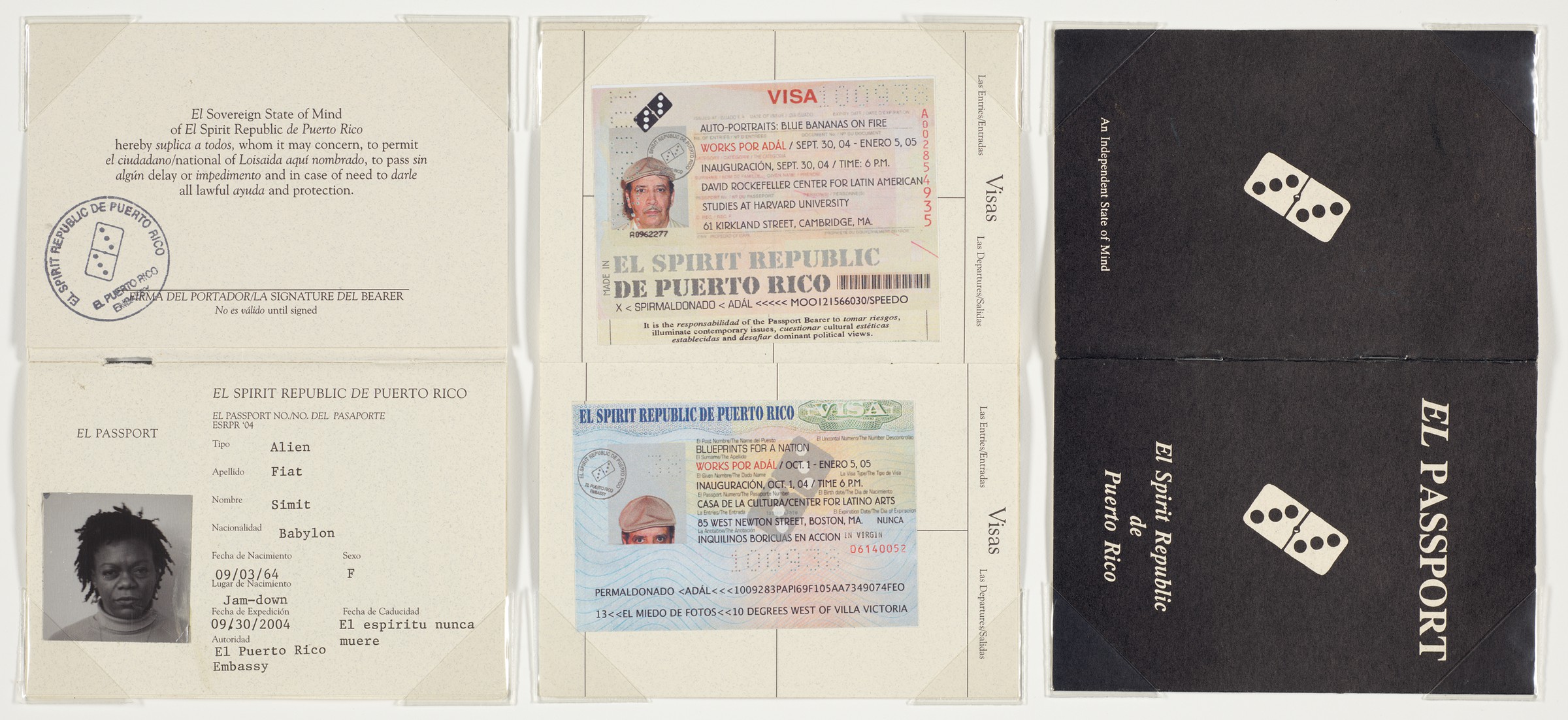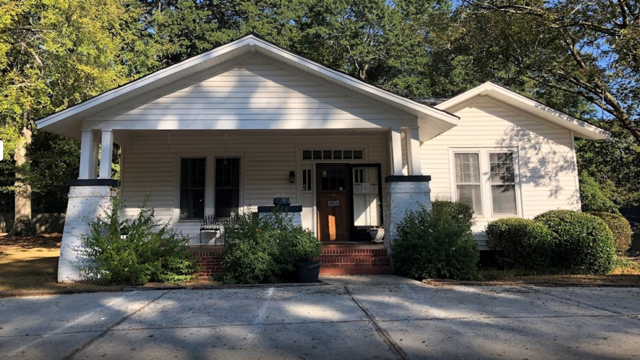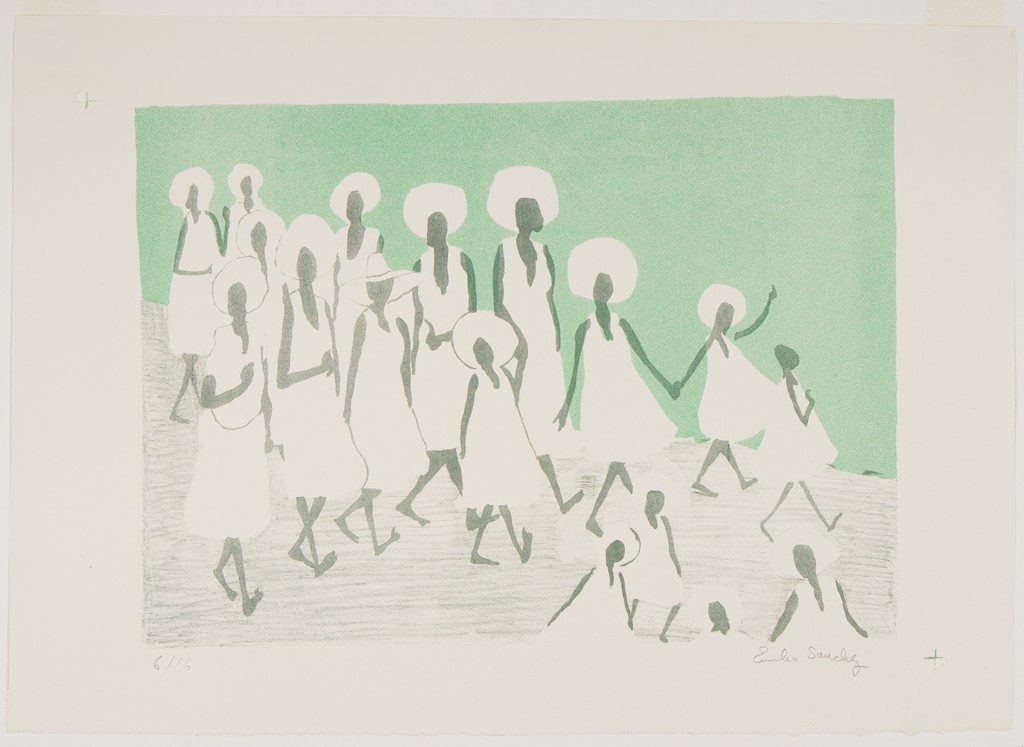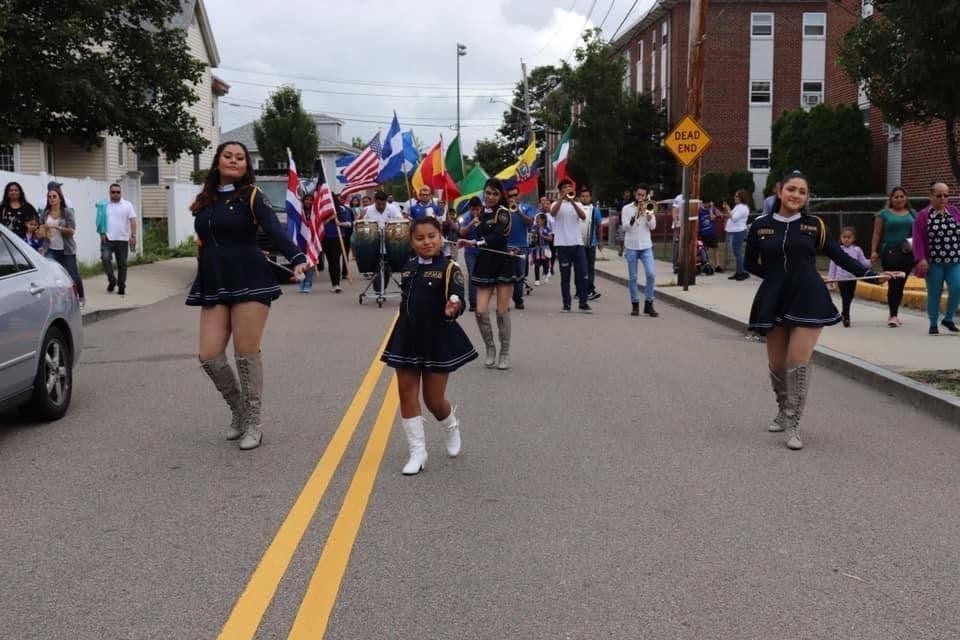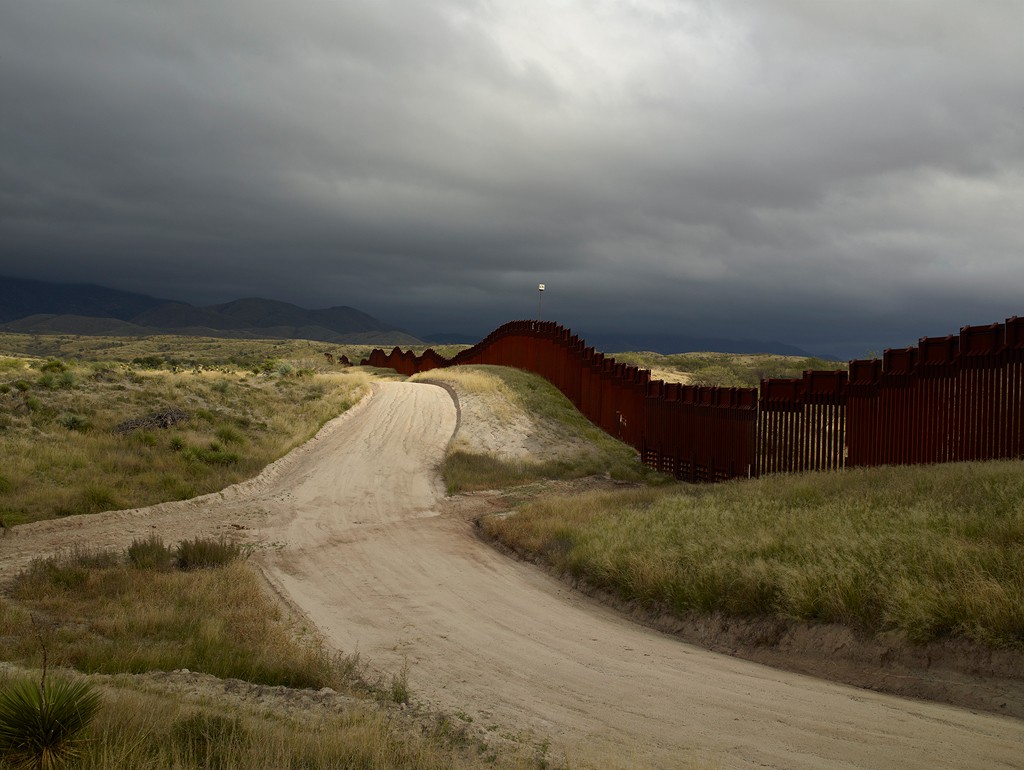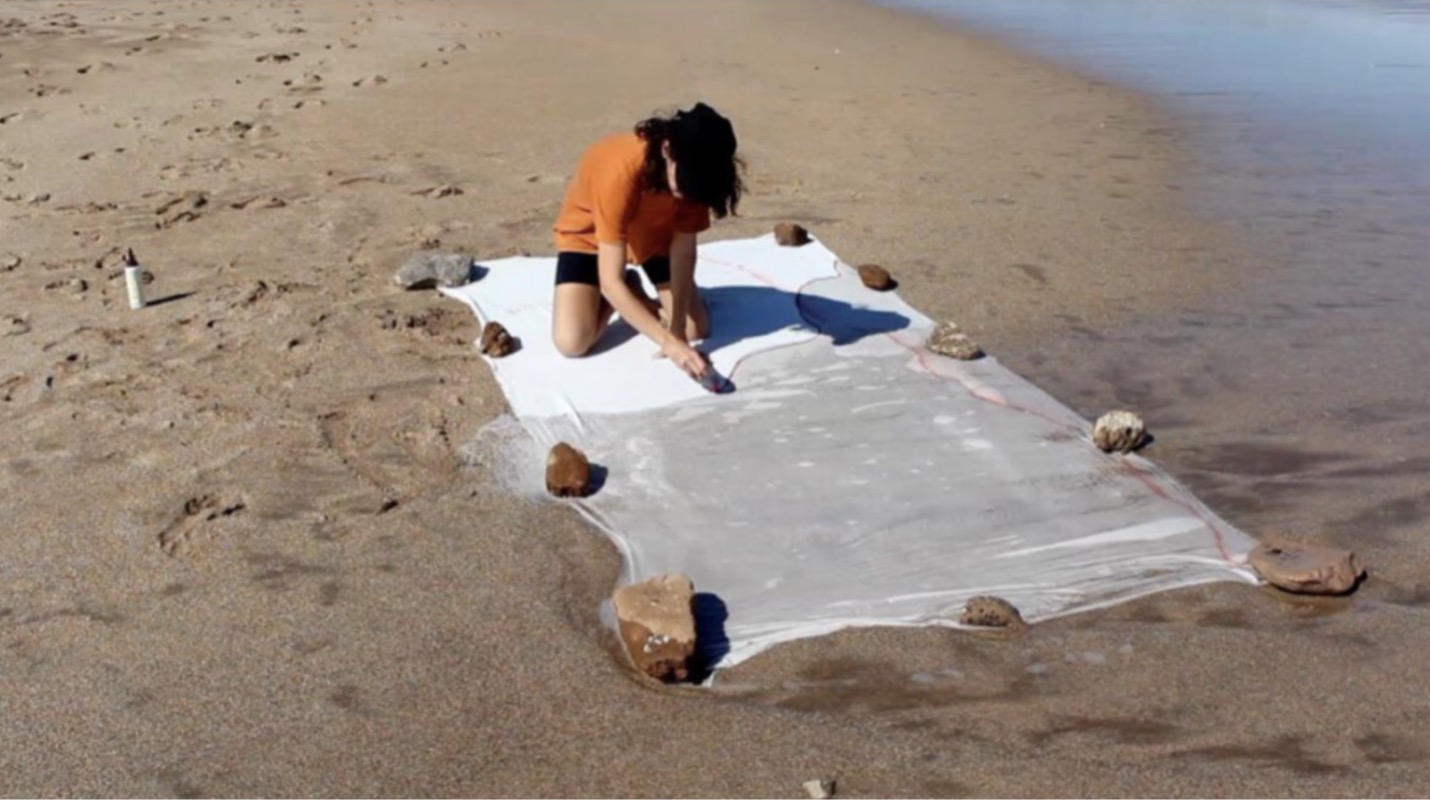This past spring, a cohort of Harvard Latinx students from Professor María Luisa Parra-Velasco’s course SPANSH 59H: Spanish for Latino Students II: Connecting with Communities worked with curators and educators from the Harvard Art Museums to explore works from our collections by Latinx artists, Latin American artists, and others whose practice engages Latinx experiences.
This advanced language course encourages Heritage Spanish speakers to strengthen both their linguistic repertoires and their global social awareness through civic engagement with local Spanish-speaking communities. In a series of reflections, current Harvard students and recent alumni consider works of art from the collections alongside their personal and professional experiences within Latinx communities around the United States, as well as how they relate to the most pressing issues confronting Latinx communities today. Each of the objects selected below relates to the theme of migration. Focusing on topics such as the perilous, liminal space of the U.S.–Mexico border to the vibrant, multiethnic communities of Boston, these reflections reveal how migration is shaping Latinx communities around the United States.
This article, the second of a three-part series in celebration of Hispanic Heritage Month, is published in English and Spanish.
Durante la primavera pasada, un grupo de estudiantes latinx del curso “SPANSH 59H: Spanish for Latino Students II: Connecting with Communities” dado por la Dr. María Luisa Parra-Velasco colaboró con los curadores y educadores de Harvard Art Museums para explorar obras de nuestras colecciones de artistas latinx, latinoamericanos, y las obras que reflejan la experiencia latinx. Este curso avanzado de español apoya a los hispanohablantes de herencia a fortalecer sus repertorios lingüísticos y su conciencia social global a través de la participación cívica en las comunidades hispanohablantes en diferentes partes de los Estados Unidos. En una serie de reflexiones, los estudiantes y los ahora exalumnos conectan las obras de arte de las colecciones con sus propias experiencias personales y profesionales dentro de las comunidades latinx en los Estados Unidos, así como con los problemas más urgentes que enfrentan las comunidades latinx hoy en día. Cada uno de los objetos de arte seleccionados se relaciona con el tema de la migración, una de las cuestiones más urgentes que enfrenta nuestro mundo moderno. Desde el espacio peligroso y liminal de la frontera entre Estados Unidos y México hasta las vibrantes comunidades multiétnicas de Boston, estas reflexiones exploran cómo la migración está dando forma a las comunidades latinx en los Estados Unidos.
Este artículo, el segundo de una serie de tres partes para conmemorar el Mes Nacional de la Herencia Hispana, se publica en inglés y en español.
Borderlands/Zonas fronterizas
by Chris Chu de León
The photograph above by Richard Misrach was taken on the Texas–Mexico border and depicts a target range for the Border Patrol against a desert background. The targets are silhouettes of people. I chose this photo because it was taken in my home state of Texas and addresses a central theme we explored in class and my volunteer work: migration. Particularly, it highlights the cruel reality that, all too often, migrants are seen as literal shooting targets, and this danger does not end as they near the border.
La foto arriba de Richard Misrach fue tomada en la frontera de Texas y México, y representa un campo de tiro para la Patrulla Fronteriza en un fondo de desierto. Los blancos son siluetas de personas. Elegí esta foto porque fue tomada en mi estado natal, Texas, y aborda un tema central que exploramos en clase y mi trabajo voluntario: la migración. En particular, la foto destaca la realidad cruel donde, con demasiada frecuencia, los migrantes son vistos como blancos de tiro literales y sus peligros no terminan cuando se acercan a la frontera.
Chris Chu de León is a master’s student in public policy at the Harvard Kennedy School.
El Passport
by Karla Chavez-Espinosa
